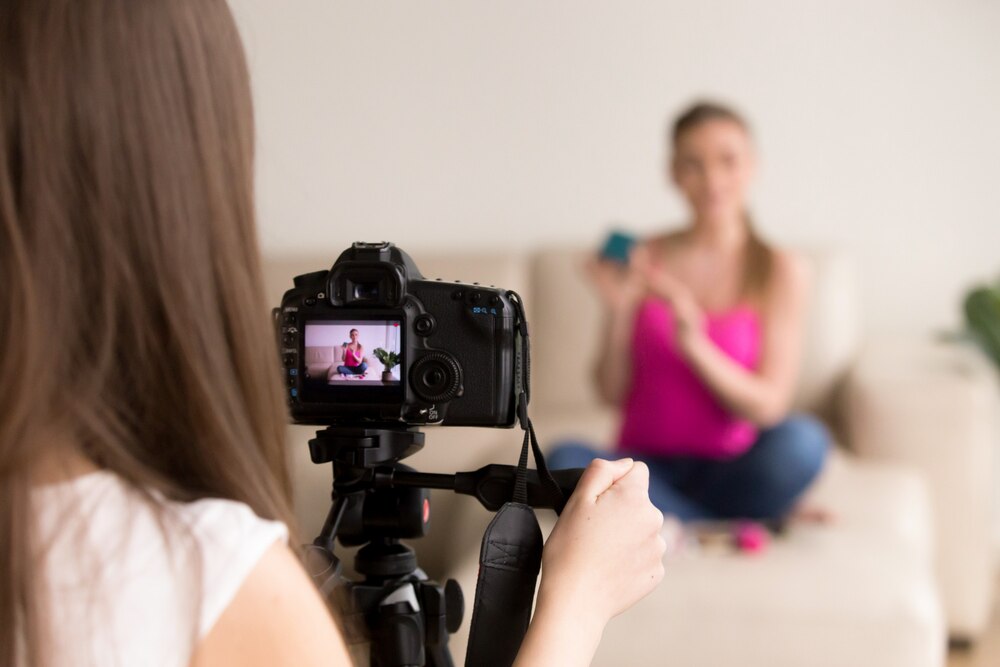The Role of PowerPoint Presentations in Planning of Art Events

Planning an art event demands a careful balance of creativity, structure, and communication. Whether curating an exhibition, hosting an art fair, or organising a creative workshop, organisers need tools that support both inspiration and clarity. Many rely on presentation software to support every stage of preparation, and powerpoint classes often prove invaluable for teams looking to refine this skill.
A successful art event begins with a clear concept and an organised plan. Presentations provide a visual and narrative format that makes it easier to communicate these ideas. From colour palettes and spatial layouts to artist introductions and programme schedules, slides offer a flexible, visually rich platform to translate abstract ideas into structured plans. This visual clarity is especially useful when working with creative collaborators, sponsors, and venue managers who all need to understand the vision before giving their support.
Visualising Themes and Creative Concepts
One of the most important stages of art event planning is curating the theme. Slides allow curators to assemble mood boards, sample artworks, typography styles, set designs, lighting tones, and sound cues. Seeing these elements together helps to refine the creative direction and ensures consistency across promotional materials, displays, and installations.
Slideshows also help highlight the emotional tone of the event. Whether the goal is elegance, innovation, nostalgia, or bold experimentation, visual references can communicate atmosphere far better than text alone. This is especially beneficial when working with artists and designers, as it creates a shared creative language.
Pitching Ideas to Stakeholders
Art events often rely on funding, sponsorship, and partnerships. A clear, visually strong presentation can make all the difference when pitching a concept to decision-makers. Slides help present the vision, outline expected audience profiles, highlight potential community impact, and showcase previous creative work that demonstrates capability.
Beyond external pitches, presentations support internal alignment too. Teams can discuss budgets, marketing strategies, technical needs, and staffing plans with visual checkpoints. This makes it easier to maintain coherence across different departments, something that is essential for smooth execution.
Mapping Venue Layouts and Visitor Flow
Venue planning is a significant part of art event organisation. Slides allow planners to display floor plans, mark key points such as entry areas, exhibit sections, seating zones, and emergency routes, and simulate visitor movement. This visual approach helps ensure the venue is not only aesthetically arranged but also accessible, safe, and comfortable for guests.
Visual layouts also assist with logistical coordination. Suppliers, decorators, security teams, volunteers, and artists can all refer to the same visual document, reducing miscommunication and last-minute confusion.
Coordinating Timelines and Planning Schedules
Art events run smoother when timelines are clearly communicated. Planners can use presentations to map important project phases including artist submissions, curation periods, installation windows, press previews, public opening dates, and closing procedures.
Using slides to present timelines makes meetings more efficient. It becomes easier to monitor progress, adjust priorities, and delegate tasks, helping the team stay on schedule. Visual reminders also reinforce accountability, as everyone can see how their responsibilities link to the bigger picture.
Enhancing Promotion and Audience Engagement
Although presentations are often associated with internal planning, they also play a role in outreach. Slide formats make it easy to plan promotional campaigns, from digital teasers to community previews. Visual messaging, poster mock-ups, social-post ideas, and storytelling elements can be developed collaboratively using slides.
Additionally, presentations may be used during the event itself. For artist talks, curator walkthroughs, workshop sessions, and opening speeches, visual aids can guide the audience through themes and highlight key works. This enhances visitor understanding and connection, ultimately enriching the experience.
Supporting Hybrid and Educational Event Formats
Modern art events often include educational components such as lectures, panel discussions, and guided sessions. Presentations support these formats by offering structured learning tools. Visual explanations of artistic influences, timelines, cultural references, and creative processes make discussions more engaging and accessible.
For hybrid or online-supported events, presentations also serve as a bridge between physical and digital experiences, helping remote participants stay informed and inspired.
Final Thoughts
Art events thrive on creativity, but they also demand organisation, communication, and precision. Presentations offer a perfect blend of structure and artistic expression, making them an essential tool for planners. From initial concept boards to stakeholder pitches, venue layouts, timelines, and public engagement, slides support a clear, compelling, and cohesive planning process.
In a world where visual communication continues to shape audience expectations, mastering presentation skills gives event organisers a distinct advantage. With thoughtful design and strategic use, slides can transform planning sessions, align creative teams, and elevate the overall event experience — ensuring that every artistic vision is brought to life with clarity and confidence.




